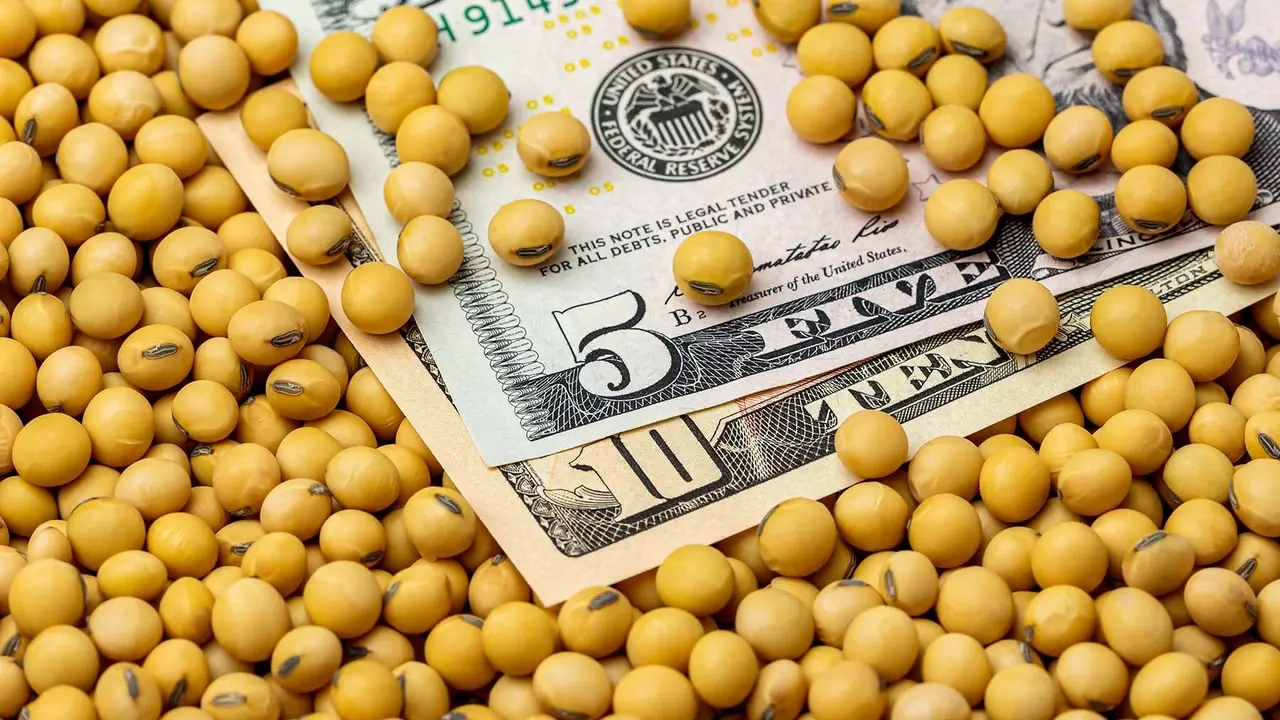Count cherries as another U.S. commodity that will benefit from recent talks with India. The two...
Could the U.S. See $15 Soybeans?

Trying to figure out the grain market is difficult in the best of times. But in 2025, the smoke and mirrors are especially confusing. From Trump tariffs to artificial intelligence, motivations for moves vary by the day, if not the minute.
Only one common denominator cuts through the noise from soybeans and stocks to corn and crude oil: China. China’s fingerprints seem to be everywhere.
Soybeans, of course, are vulnerable to tariff news emanating from Washington or Beijing. But what penalties is China responding to? 10%? 25%? Or more – or less? And are U.S. tariffs aimed at stemming the flow of drugs into the U.S.? Or immigrants? Or steel, aluminum or cars?
How about money? Are China and other U.S. trading partners, like Japan, using their currencies as foot soldiers in this trade war?
Here are some of the recently emerged “facts” for traders to decipher.
China likes soybeans
China bought 12% more soybeans last week than the previous year but has taken 6.6% fewer soybeans out of the U.S. for all of the 2024-25 marketing year than a year ago. So, China is buying lots of beans – just not from the U.S.
According to Chinese customs data, imports from all sources rose nearly 14% in the first half of the 2024-25 marketing year, with January-February deliveries up around 4.3%.
China was already pivoting to South America for supplies before the latest dust-up, a shift that seems likely to continue, at least in the official rhetoric. Beijing suspended import licenses of three U.S. companies and added additional tariffs of 10% on new deals.
Still, don’t toss in the towel yet. Despite slowing Chinese demand out of the U.S., total exports still could wind up around 50 million bushels more than USDA currently estimates for the marketing year. That could keep the projected supply of soybeans leftover on September 1, 2025, low enough to promote rallies to the top of the nearby’s trading range over the past two years. After testing $10 last week, such a scenario eventually could bring a return back toward $15 if buyers get spooked, say on weather this summer.
EDITOR’S TAKE:
If the market is waiting for bad news about weather to create higher prices for soybeans, then it depends on who is experiencing the bad news. If the U.S. is the country with bad weather and lower production, then $15.00 per bushel soybeans will help those with a decent crop, but will mean little to those suffering from the weather event. However, if Brazil or Argentina are the ones being impacted and not the U.S., then our farmers will truly experience higher income potential if soybean prices rise. The best possible outcome is soybeans move to $15.00 or more, U.S. produces a full crop, and export markets expand. Nice!
Keep your eye on corn and soybean prices, and the weather, this growing season. Let’s hope for the best scenario and that crop prices rise and lead to higher incomes. But even if that doesn’t come to fruition, soybean farmers will still be purchasing and leasing trucks in the months ahead. Make sure they know you are a CAD member and what that means to them. Perhaps you can invite them to visit your dealership so you can share all the great advantages of doing business with you, a CAD member with multiple programs to offer like AgPack®, CADFI, CAD Protect, and now AGwagon!








